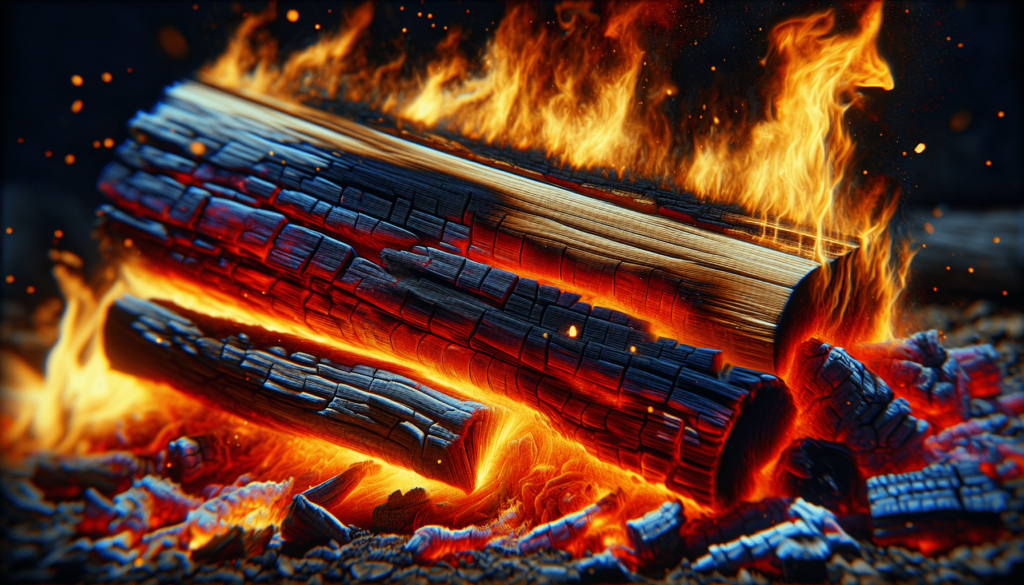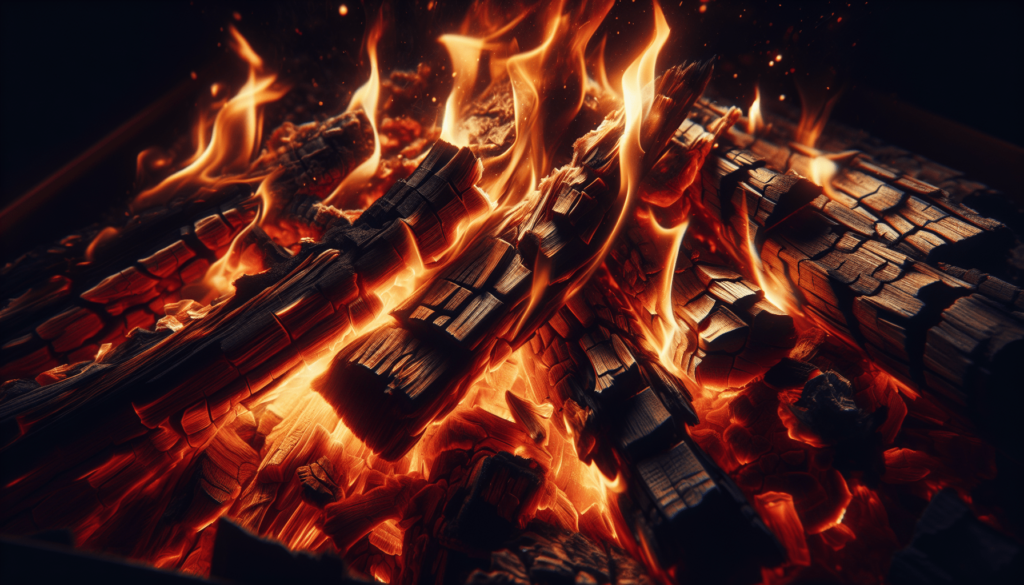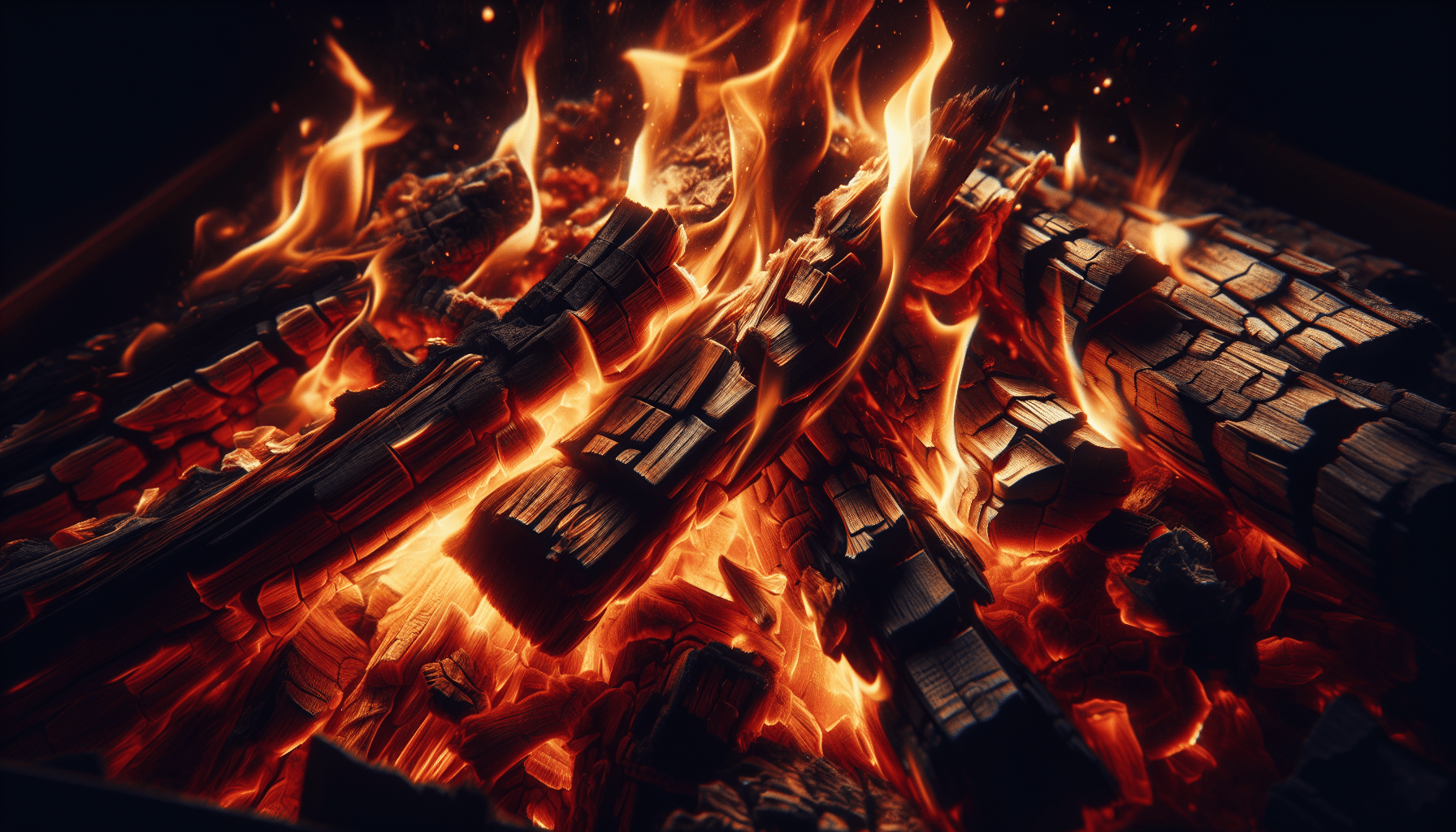I recently stumbled upon an age-old question that might seem straightforward at first: what’s the term for burning wood? It turns out, there’s actually a specific word for it—combustion. Now, combustion is the chemical process where wood reacts with oxygen to release heat, light, and various gases. This simple act, often taken for granted whether it’s in a cozy fireplace or a bustling campfire, is a fascinating blend of science and nature. Who knew that something so seemingly mundane had such a precise and intriguing definition? What Is The Term For Burning Wood?
Have you ever been sitting around a cozy campfire, watching the flames dance and wondered, “What is the term for burning wood?” This may seem like a simple question with an obvious answer, but there’s more to it than meets the eye. Grab a snack and settle in because we’re about to go on a bit of an exploratory journey into the world of wood burning.
Understanding the Basics
Before we even get into the fancy terminology, I’d say it’s crucial to have a baseline understanding of what we’re talking about here. Burning wood is something humans have been doing for thousands of years, and it’s more than just a way to stay warm. It’s a blend of chemistry, physics, and, if you get poetic, a little bit of magic.
The Science Behind Wood Burning
I know, I know, science sometimes feels like it’s crashing the party where there’s enough fun as is, but bear with me. When wood burns, it goes through a series of complex chemical reactions. Essentially, the cellulose, hemicellulose, and lignin in the wood react with oxygen to produce heat, light, carbon dioxide, and water. Understanding this process might not make you a better campfire storyteller, but you’ll definitely have a cool fact or two to drop.
Types of Wood for Burning
Not all wood burns the same way. Believe it or not, some wood types are wimps when it comes to burning, while others are show-offs. Here’s a quick rundown:
| Wood Type | Burn Quality | Typical Use |
|---|---|---|
| Oak | Long, steady burn | Heating homes, fireplaces |
| Pine | Quick, hot burn | Kindling, starting fires |
| Birch | Easy to light, good heat | Campfires, fireplaces |
| Maple | Moderate burn | General heating, cooking |
So next time you’re prepping for a campfire, choose your wood wisely. It makes a difference, trust me.
The Different Terms for Burning Wood
Okay, now that we’re past our introductory Science 101, let’s get back to the million-dollar question. Depending on the context, the term for burning wood can vary and can come with quite a bit of flair. No, it’s not just “burning wood” unless you’re content with being painfully straightforward.
Combustion
“Combustion” is the all-encompassing, sciency term for burning. It refers to any burning process, not just wood. When wood undergoes combustion, the chemical reaction between the wood and oxygen gives off heat and light. This is the term you toss around at a dinner party to sound sophisticated.
Pyrolysis
Now here’s a term that’ll make you sound like the smartest person at the campfire: “pyrolysis.” This is the process where organic material (like wood) decomposes under high temperatures in the absence of oxygen. Before you get lost in the jargon, think of pyrolysis as the stage where wood starts to char and break down before it actually catches fire.
Carbonization
If you’re looking to impress someone who’s had one too many s’mores, “carbonization” is your word. This refers to the process of converting organic material into carbon or charcoal. It’s a key step in wood burning because it’s where the material is transformed into a fuel that can sustain a long, hot burn.
Gasification
We’re not stepping away from the campfire yet because next up is “gasification.” During this stage, the heat from the fire converts the organic material into synthetic gas. It’s not something you will notice with the naked eye, but it’s happening, and it’s part of what makes the fire burn as brilliantly as it does.

The Practical Side of Burning Wood
With all this new lingo, you’re pretty much a wood-burning connoisseur. But let’s not just sit on this newly acquired knowledge. There are practical sides to burning wood which are really useful to know.
Firewood Selection
We already touched on different types of wood, but let’s get into why you might pick one over the other depending on your needs. Sure, oak is great for heat, but if you need a quick, hot flame, you might want to grab some pine.
Seasoning Wood
Fun fact: If you try to burn fresh wood, you’re setting yourself up for a smoky disaster. Seasoned wood is wood that has been dried for at least six months to reduce moisture content. Moisture in wood creates smoke and just generally makes the whole burning process a pain.
| Wood Type | Seasoning Time | Optimal Use |
|---|---|---|
| Oak | 6-24 months | Heating, long-term burning |
| Pine | 6-12 months | Quick fires, kindling |
| Birch | 3-6 months | Easy-to-light fires |
| Maple | 6-12 months | Moderate heating |
Storing Wood
Where you store your wood matters too. Keep it off the ground and covered to protect it from moisture. Think of it like keeping your gourmet coffee sealed and off the kitchen counter. Proper storage keeps wood in its best burning condition.
The Environmental Impact
Here’s a hot topic: the environmental impact of burning wood. There’s a good bit of debate around whether it’s eco-friendly or not.
Carbon Emissions
Let’s talk about CO2. Burning wood releases carbon dioxide, but growing trees absorb it. So, in a way, it’s part of a natural cycle—cut a tree, plant a tree—they’ll tell you. However, it’s worth noting that burning wood does produce other pollutants that aren’t exactly Mother Nature’s best friends.
Renewable Resource
On the plus side, wood is a renewable resource. Unlike fossil fuels, you can grow more trees. But just because it’s renewable doesn’t mean we can be slackers about how we use it. Sustainable practices are key.

The Art and Culture of Wood Burning
Burning wood isn’t just a utilitarian act; it’s deeply rooted in culture and even art. Think of those cozy campfire evenings, the folklore, and the songs. It’s more than just a source of heat.
Traditional Practices
In many cultures, wood burning is ingrained in traditional practices. From the ceremonial fires of various indigenous cultures to the Yule log in Western traditions, burning wood carries symbolic weight and meaning.
Modern Applications
In the age of electricity and central heating, you’d think wood burning would be obsolete, but nope! It’s still around, just in different forms—wood stoves, artisanal bakeries using wood-fired ovens, and even in fancy restaurants where they grill over open wood fires for that unique flavor.
Pyrography
Speaking of art, have you ever heard of pyrography? It’s the art of decorating wood by burning designs into it. It’s like tattooing for wood and, let me tell you, some of the pieces are breathtaking.
Safety Measures
Alright, I can’t let you go without a little PSA. Safety first, folks!
Fire Safety
Never leave a fire unattended. Always have a bucket of water or sand nearby. Make sure your fire is completely out before you call it a night. If Smokey Bear has taught us anything, it’s that only you can prevent forest fires.
Ventilation
If you’re burning wood indoors (hello, cozy winter evenings), make sure your space is well-ventilated. Carbon monoxide poisoning is no joke.
Protective Gear
If you’re going pro with your wood-burning skills (think pyrography), always wear protective gear. Safety goggles and gloves can save you a lot of grief.
The Future of Wood Burning
What does the future hold for wood burning? With advances in technology and growing awareness of environmental issues, there are interesting shifts happening.
Technological Advancements
Modern wood stoves are a lot more efficient than the ones our grandparents used. They burn cleaner and produce more heat using less wood. Innovations like these are making wood burning a much more viable and eco-friendly option.
Sustainable Practices
As part of the growing environmental consciousness, there’s a push toward more sustainable practices. Things like reforestation initiatives and sustainable logging practices are becoming the norm rather than the exception.
Renewable Energy
Burning wood for energy is also part of the broader dialogue around renewable resources. While it’s not the be-all and end-all, it does have a role to play, especially in areas where other forms of renewable energy aren’t as feasible.
Conclusion
So, what is the term for burning wood? Well, as we’ve discovered, it’s not just one term. You’ve got “combustion,” “pyrolysis,” “carbonization,” and “gasification” to toss around at your next social gathering. With all this knowledge, you’re not just a casual wood burner—you’re practically a pyrotechnic poet.
Burning wood is a blend of science, tradition, and future possibilities. It’s an act that binds us to our ancestors while whispering promises of innovation. So, the next time you find yourself by a fire, you’ll know it’s more than just wood turning to ash; it’s a symphony of chemical reactions and cultural echoes.
Thanks for coming along on this wooded journey with me!

